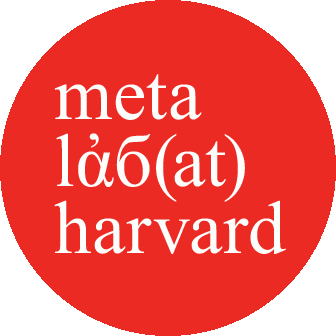Watching Machines Loving Grace
Date: 2021Watching Machines Loving Grace
Watching Machines Loving Grace observes the otherwise unwanted parts of facial recognition. The project visualizes the media negativity of algorithmic visual sense-making within the Harvard Art Museums collection.
Computer vision is reductive by design. It proceeds by splicing rectangles out of images to determine age, gender, or facial expression, among others but removes the contextual framework to perform the task. For a human observer, the image of a smiling 24-year-old belly dancer and a smiling 24-year-old old soldier may appear sharply distinct. The algorithmic interpretation highlights the sameness of the two while removing its context. Through the advances of machine learning and computational capacities, machine vision moved from scientific endeavors into a broad spectrum of domains. Consumer goods such as Apple’s Face ID, aging apps, or Instagram filters shaped popular culture over the last decade. Similar algorithms are currently reshaping mass surveillance and the tracking of unwanted individuals.
In the 21st century, it is not an all-encompassing god who tenderly watches over us but the “loving grace” of watching machines as Richard Brautigan imagines. The word computer has its origins in the Latin putare or “prune”; its broader meaning is to reduce or remove something to get rid of unwanted parts. This project observes the unwanted parts of our watching machines. (Kim Albrecht)
Curatorial A(i)gents presents a series of machine-learning-based experiments with museum collections and data developed by members and affiliates of metaLAB (at) Harvard, a creative research group working in the networked arts and humanities.

